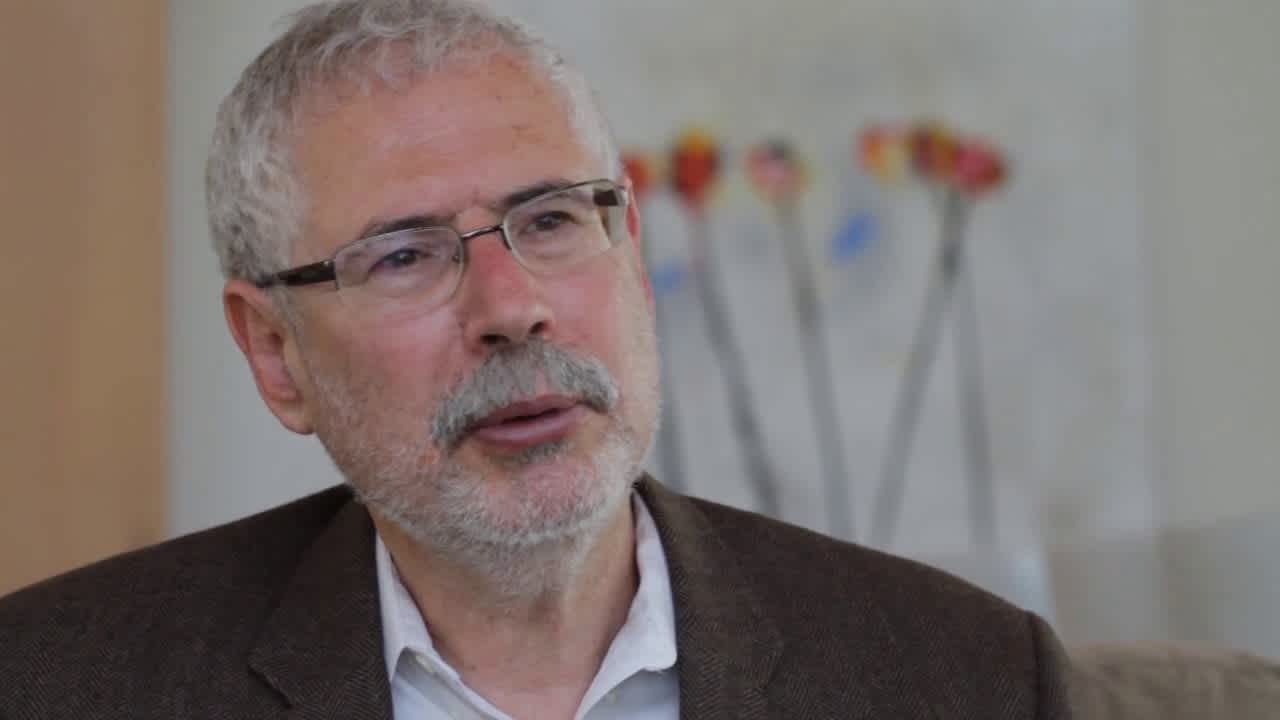
Build
Lean Startup Principles for the Social Sector
Apply the innovation methods from Silicon Valley to social issues
Lean Startup Principles for the Social Sector
Learn How To
Run experiments, pivot and remain lean and innovative while ethically serving customers and prioritizing social impact
Use the value proposition canvas to map out your customers’ pains, gains, and jobs to be done
Create and test hypotheses to refine the value proposition of your social enterprise or initiative

Watch a Preview
Course Syllabus
Learning Tools
4 reading guides highlighting case studies and examples
4 workshop guides to help you apply lean methods to your own projects
Instructional videos from Sasha Dichter, Acumen’s former Chief Innovation Officer, now Co-founder of 60 Decibels, and Steve Blank’s Lean Launchpad Course
Section 1: What Are Lean Startup Principles?
Video: Introduction to the Course from Sasha Dichter, Acumen’s former Chief Innovation Officer, now Co-founder of 60 Decibels
Video: What is the Lean Mindset?
Reading: Avoiding Wasted Time and Wasted Effort
Reading: What are Lean Startup Principles?
Reading: The Build-Measure-Learn Loop
Reading: What Lean Does Differently
Reading: Lean Principles for the Social Sector
Reading: What Lean Startup is NOT
Reflection: Check Your Understanding of Lean Principles
Activity: Developing Your Value Proposition
Activity: Uncovering Business and Impact Assumptions
Activity: Assumptions Grid
Activity: Hypothesis Generation
Section 2: Customer Discovery
Video: An Overview of Customer Discovery from Steve Blank
Reading: Discovering Your Customers
Reading: 4 Stages of Customer Development
Reading: An Acumen Example from Pakistan
Reading: Getting Out of the Building
Reading: 10 Tips for Talking to Customers
Case Study: Watsi
Case Study: Frontier Markets
Activity: Identify Your Target Customers and Stakeholders
Activity: Build an Interview Guide
Activity: Conduct Your Customer Interviews
Section 3: Designing Minimum Viable Products and Lean Experiments
Video: Introduction to Minimum Viable Products from Steve Blank
Video: Pains, Gains, and the MVP
Video: Testing Hypotheses
Reading: Types of Minimum Viable Products
Case Study: Saral Designs
Case Study: Markhor
Case Study: Fasal
Case Study: Kidogo
Reading: How is an MVP different from a pilot program?
Reading: Key Elements of Testing with Customers
Reading: Moving from MVPs to Experiments
Reading: 3 Types of Experiments to Try
Reading: Avoid Vanity Metrics
Reading: The Ethics of Experiments
Reading: 3 Best Practices for Ethical Experiments
Activity: Experiment Grid
Activity: Minimum Viable Product Design
Activity: Run an Experiment
Section 4: To Pivot or Persevere?
Video: What’s a Pivot?
Video: Final Advice from Sasha Dichter, Acumen’s Chief Innovation Officer
Reading: Making Sense of What You Learn from Experiments
Reading: To Pivot or Persevere?
Case Study: Linkage
Activity: Methods to Synthesize
Activity: Update Your Value Proposition Canvas
Resources: Further Reading
"The lean startup course was a game-changer for us. It challenged our thinking, got us to approach the problem in new ways and gave us confidence to take our idea and put it into action."
Afzahl
Course Description
You will learn how to use lean methodologies to test, validate, and adapt while building a new social enterprise or new offering within an existing organization. The lean approach relies on validated learning, experimentation, and iterative product releases to shorten product development cycles, measure progress, and gain valuable customer feedback.
These principles can be used by any innovator, especially those determined to solve the world’s toughest social problems, to create the greatest impact and better meet the needs of customers.
